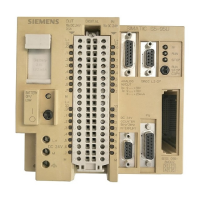S7-1200 Functional Safety Manual
Manual, 02/2015, A5E03470344-AA
11
Overview
SIMATIC Safety fail-safe system
The objective of safety engineering is to minimize danger to humans and the environment as
much as possible through use of safety-oriented technical installations without restricting
industrial production and the use of machines and chemical products any more than
necessary. The SIMATIC Safety fail-safe system is available to implement safety concepts in
the area of machine and personnel protection (for example, for emergency STOP devices for
machining and processing equipment).
What are fail-safe automation systems?
Fail-safe automation systems control processes that can achieve a safe state immediately as
a result of an unexpected operation or failure. These are fail-safe control processes where
an immediate shutdown to safe state does not endanger humans or the environment.
Fail-safe systems go beyond conventional safety engineering to enable far-reaching
intelligent systems that extend all the way to the electrical drives and measuring systems.
You use fail-safe systems in applications with advanced safety requirements. You can
resume production quickly following a safety-related interruption, using the improved fault
detection and localization provided in fail-safe systems through detailed diagnostic
information.
Achievable safety requirements
SIMATIC Safety fail-safe systems can satisfy the following safety requirements:
● Safety class (Safety Integrity Level) SIL 1 to SIL 3 in accordance with IEC 61508:2010
● Category 2 to 4, Performance Level (PL) a to e in accordance with EN ISO 13849-
1:2008/AC:2009 (ISO 13849-1:2006)

